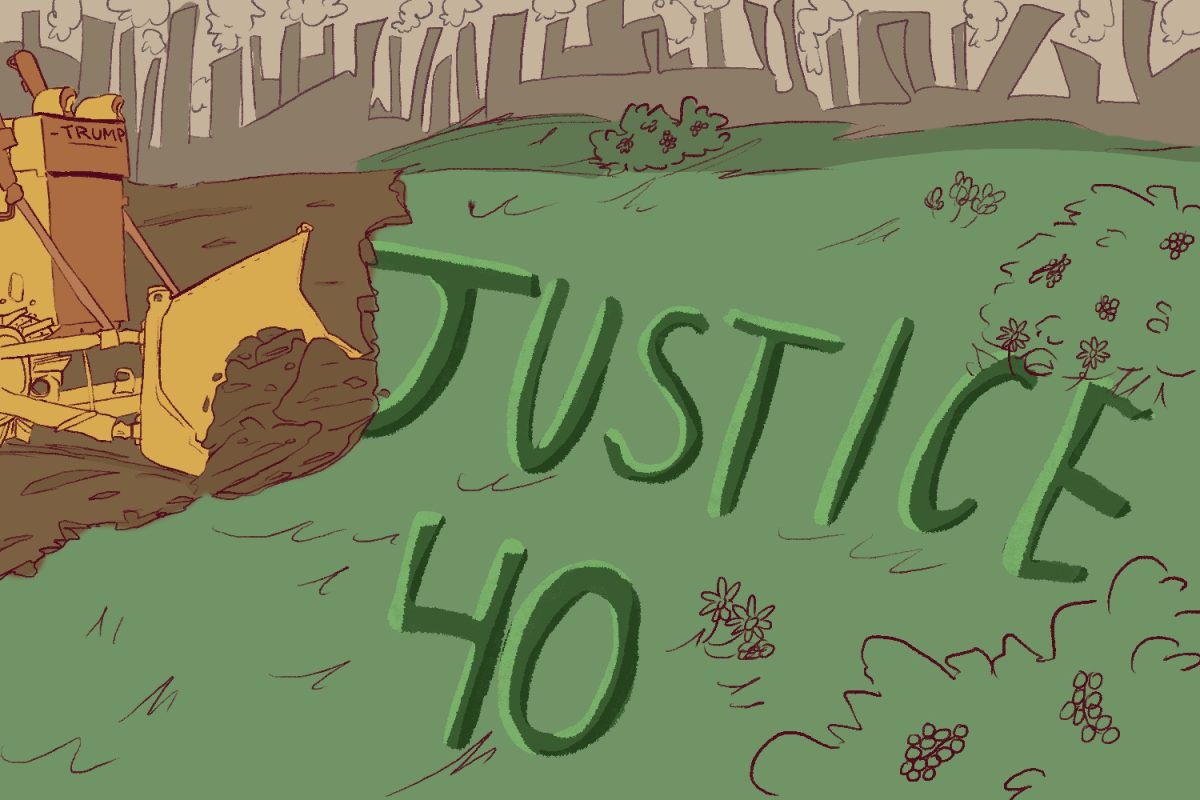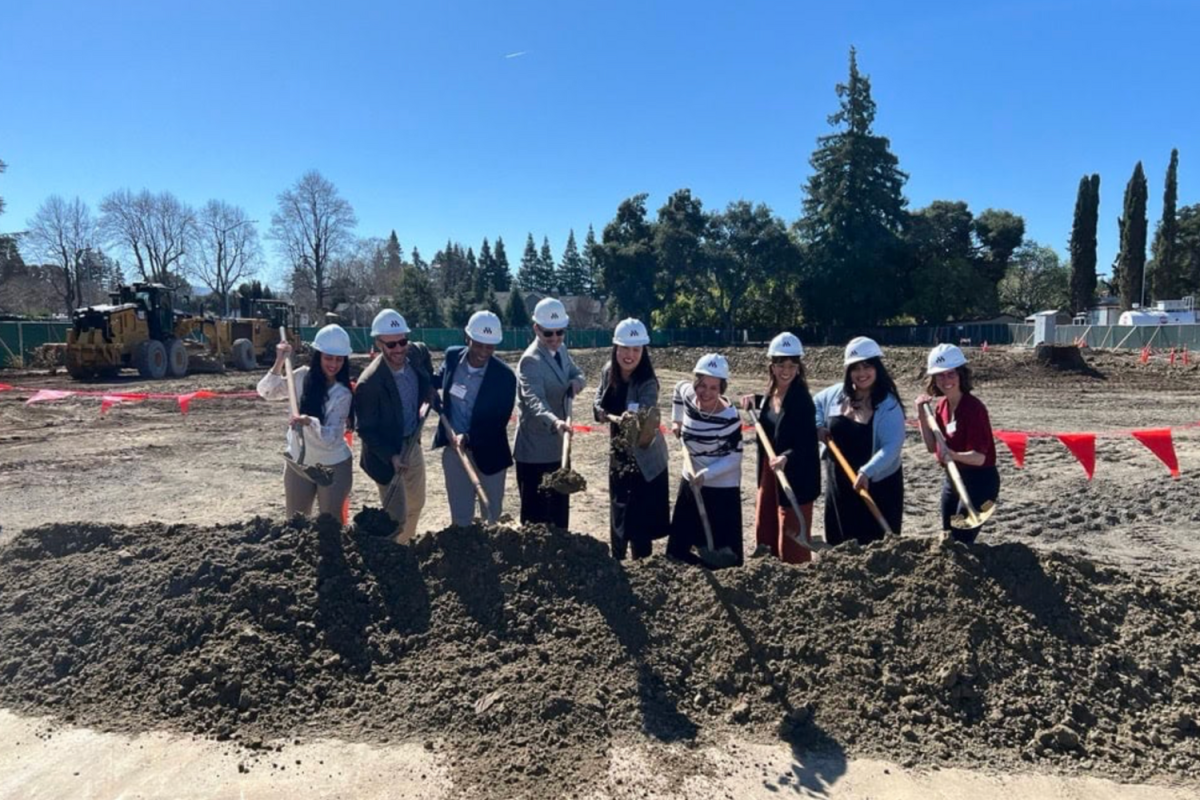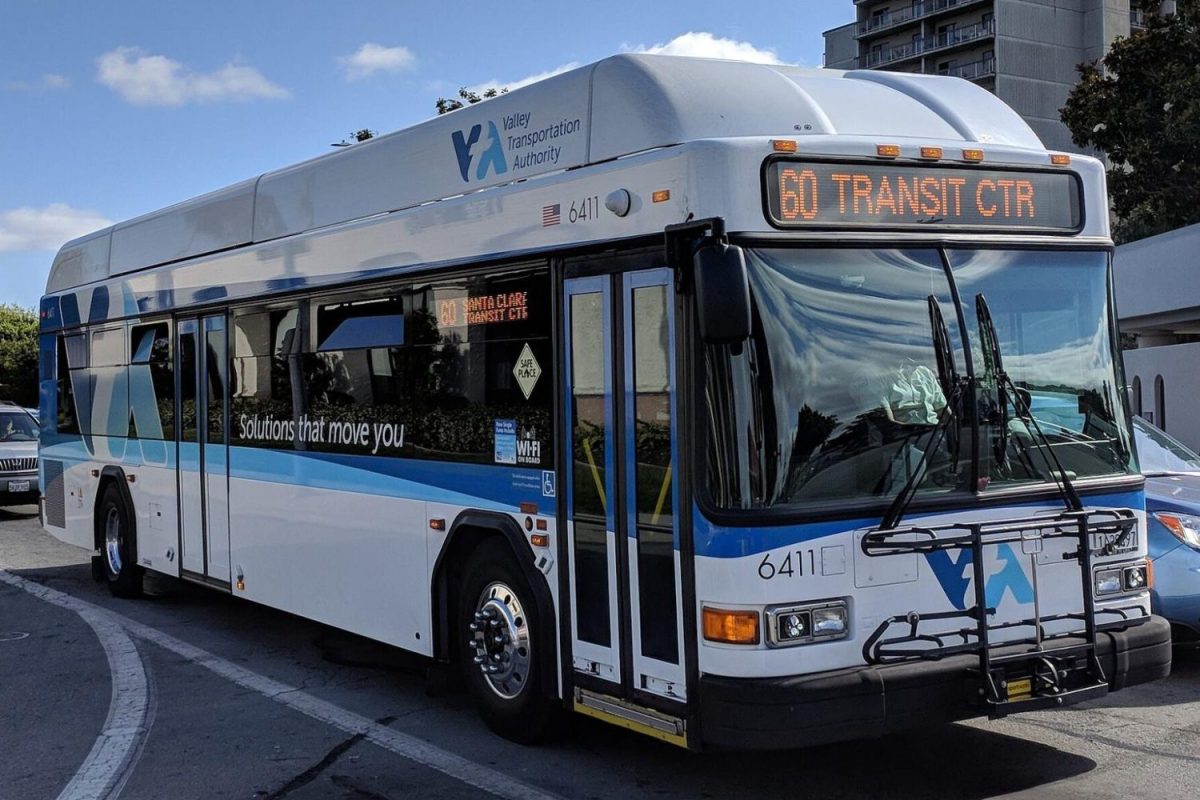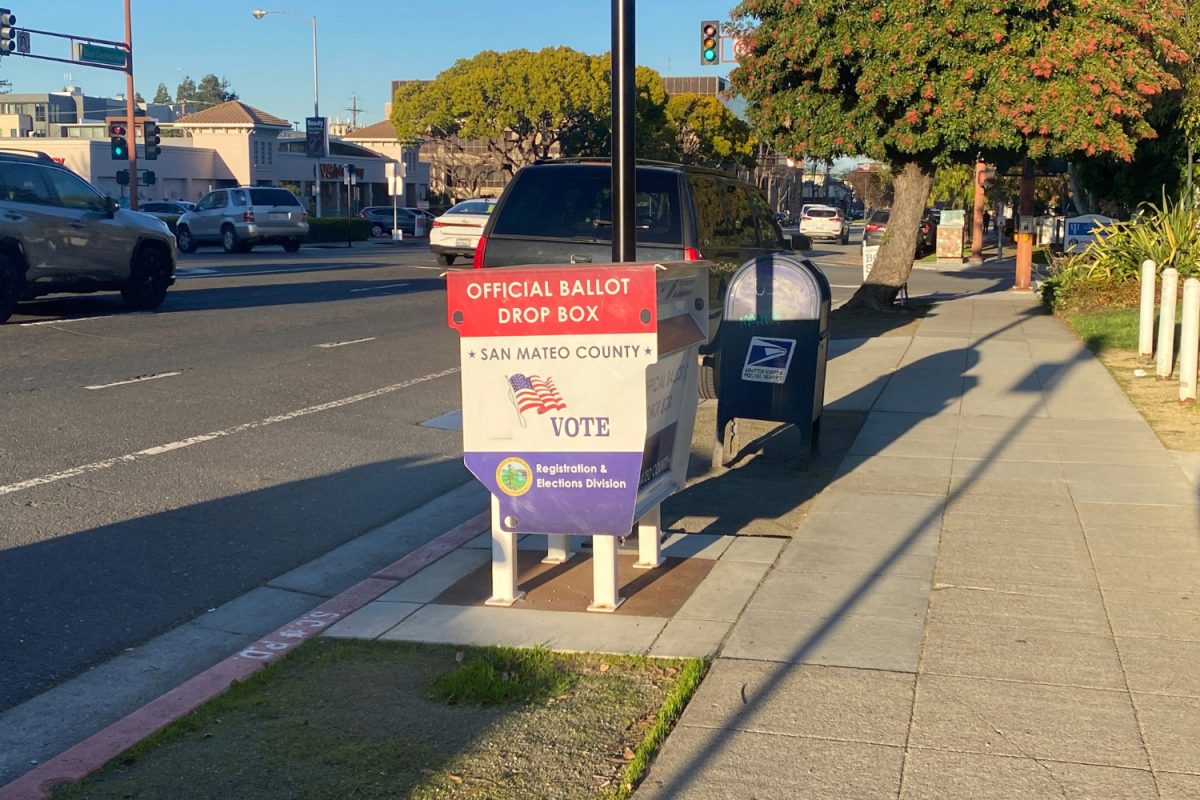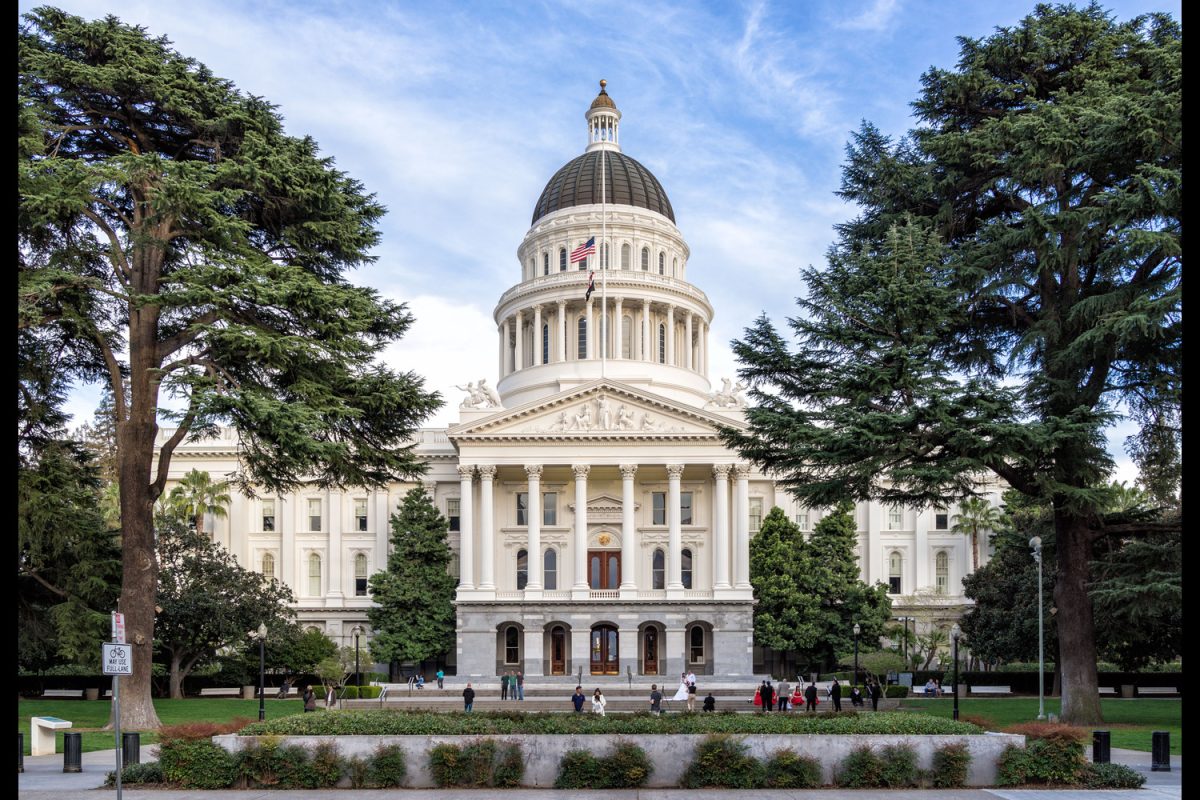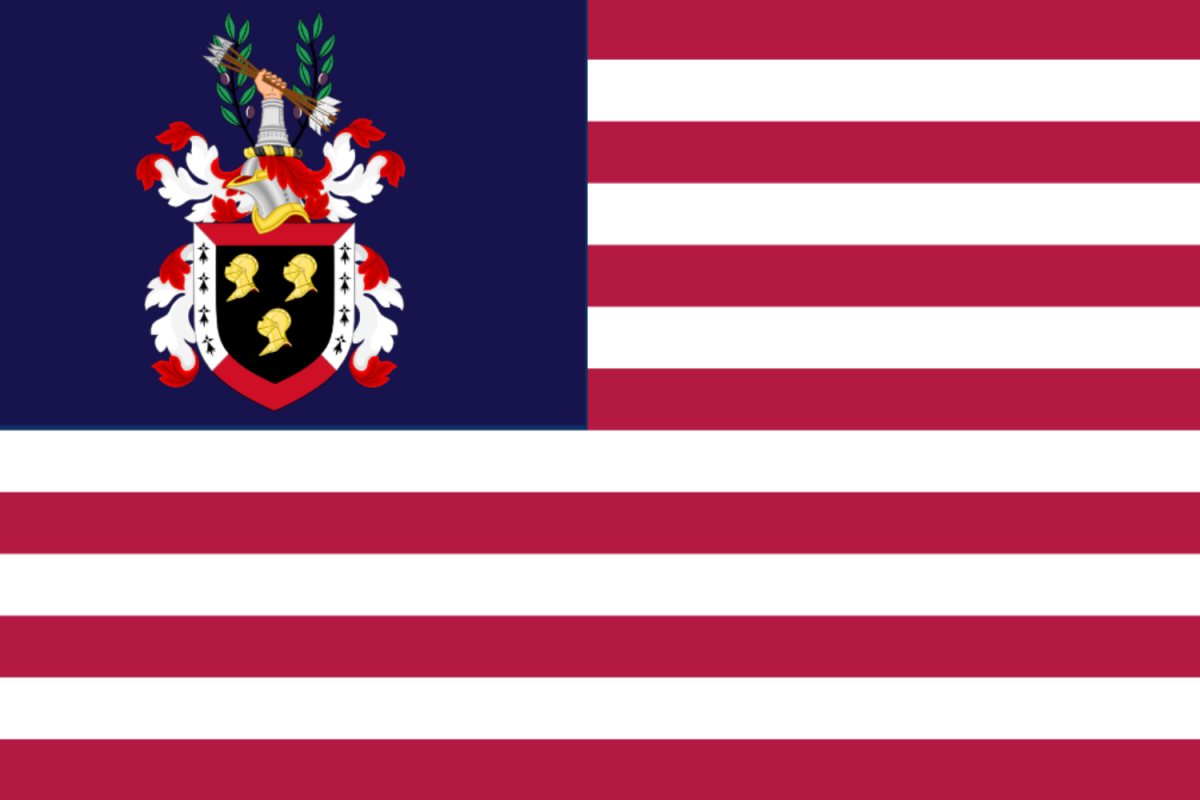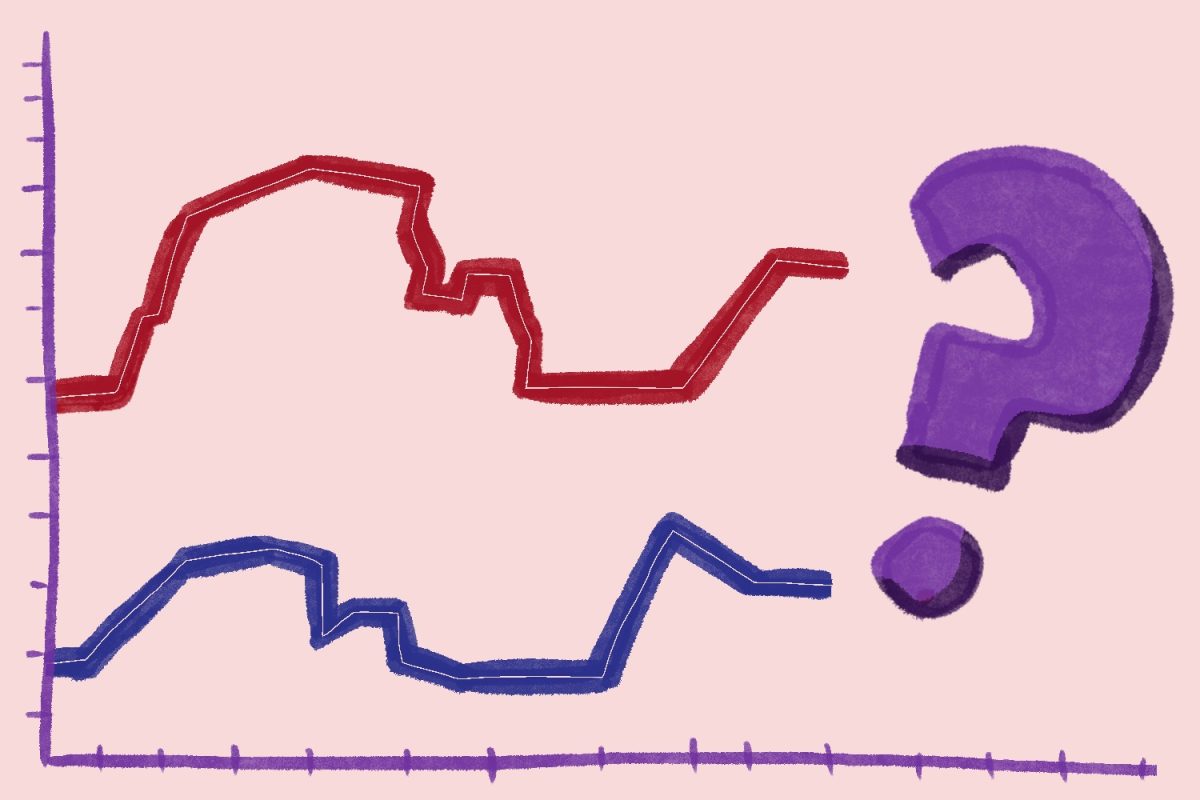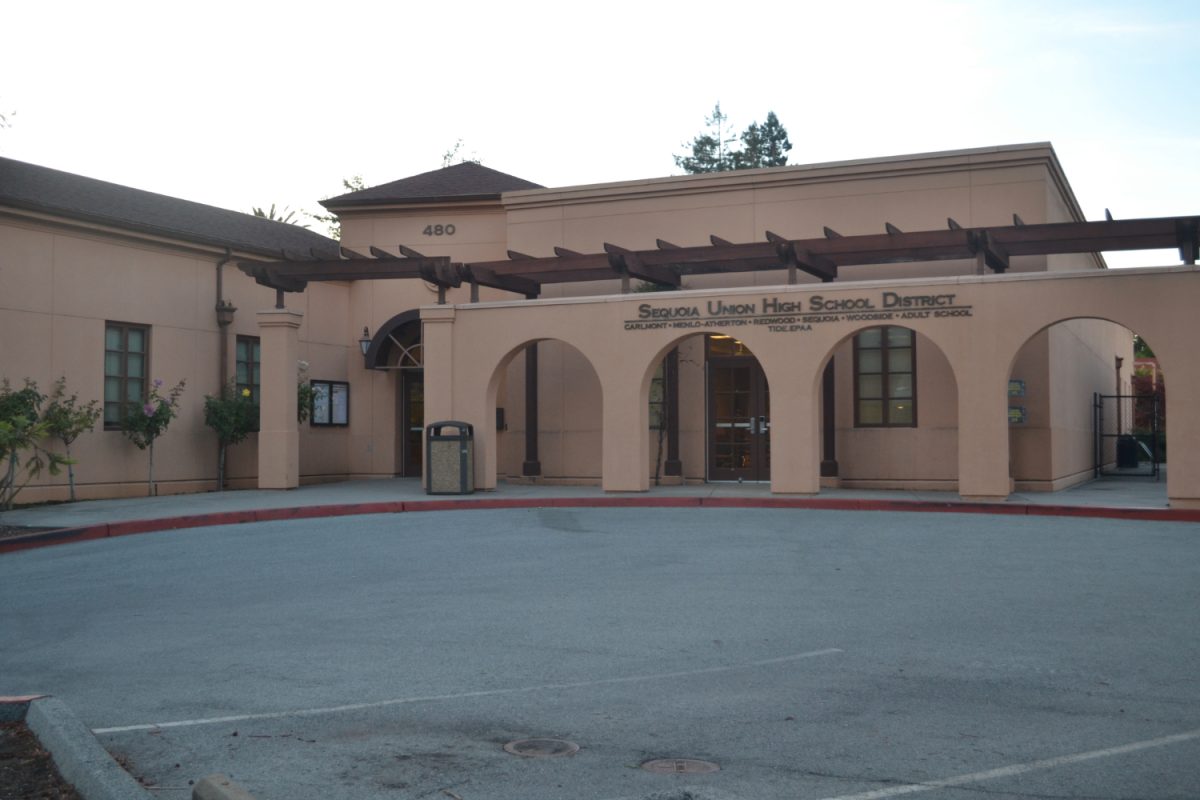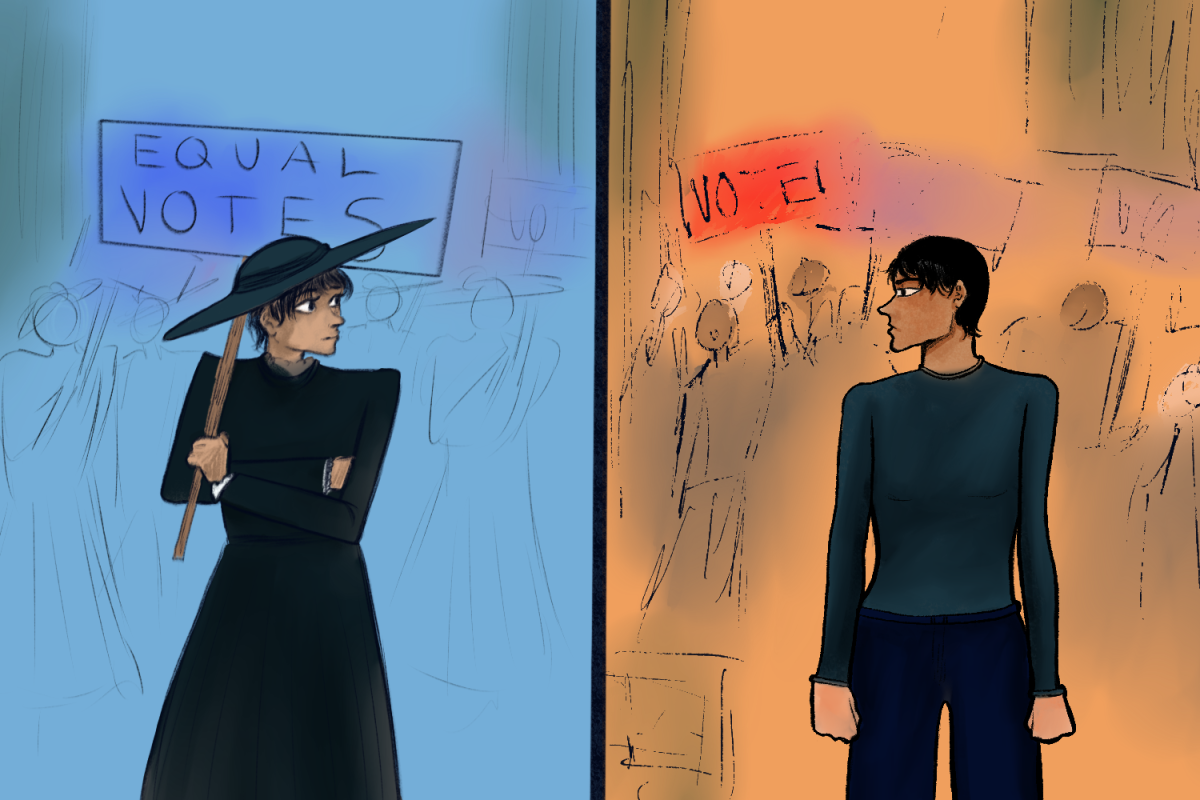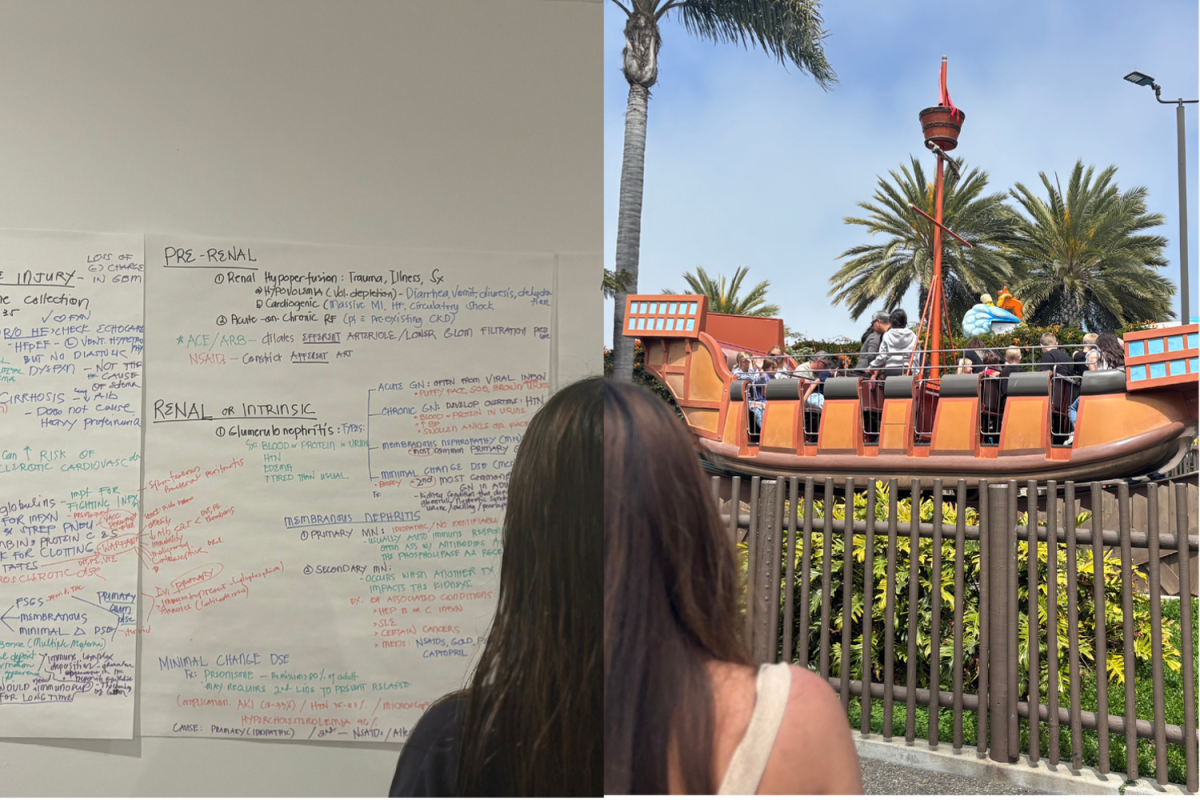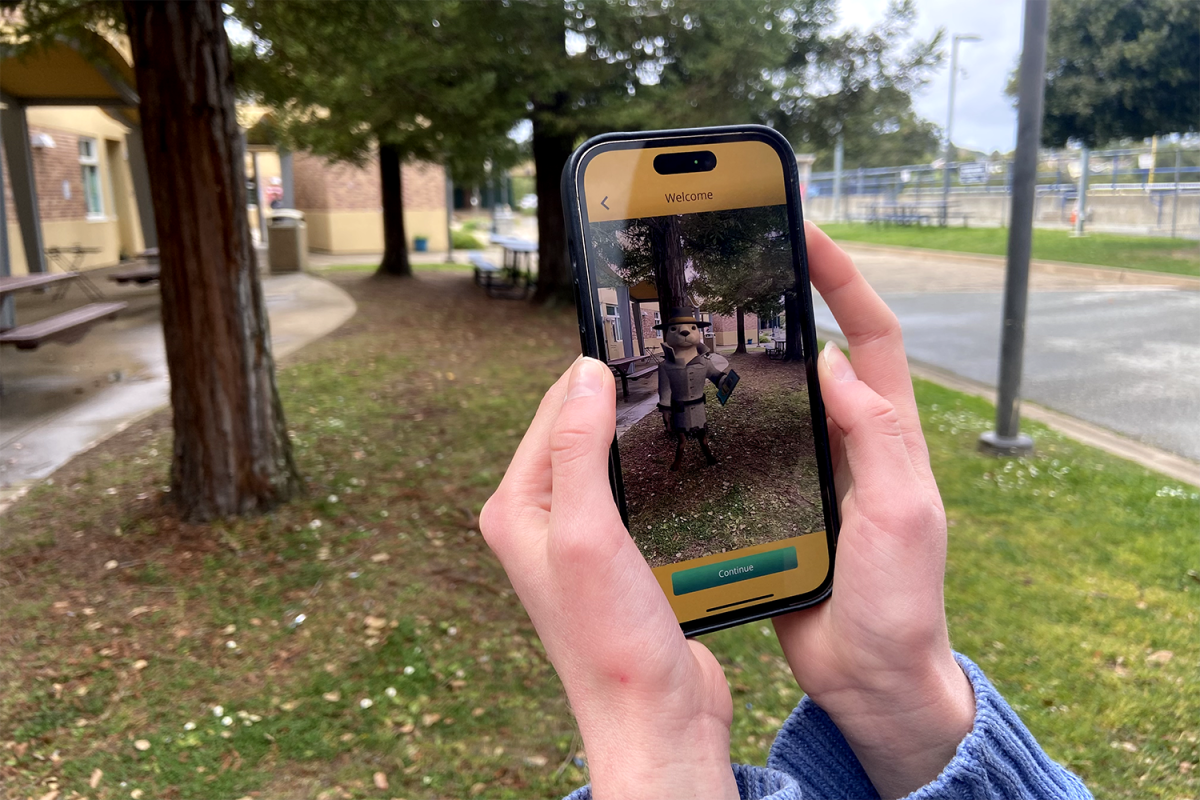The recent repeal of the Biden Administration’s Justice40 initiative shifts the prioritization of environmental federal funding away from underprivileged communities.
Declared initially in a 2021 executive order, Justice40 was a policy effort to direct federal budgets to disadvantaged communities by allocating 40% of federal climate and clean energy investments to them.
Christophe Courchesne is the director of the Environmental Advocacy Clinic and an Assistant Professor of Law at Vermont Law and Graduate School.
“Justice40 was intended to make sure that when the federal government was spending new money on areas that touched on community or environmental benefits, that those benefits would go to these communities that have been deprived of those benefits over the long history of federal investment,” Courchesne said.
Amidst President Donald Trump’s first executive orders of his second term as president, Justice40 is now being withdrawn along with other measures of reducing environmental funds, including an executive order that allowed for federal action to address environmental justice in minority and low-income communities since 1994.
Furthermore, other signature efforts during Biden’s presidency, including the Inflation Reduction Act, the largest investment in climate and energy in American history, are subject to change, showing Trump’s efforts to remove federal funding from specialized programs with the environment in mind.
“Justice40 was important because it helped to fund underserved communities affected by pollution and climate change,” said Clare Wang, a junior at Carlmont High School. “Removing Justice40 means we are now ignoring the people who need it most.”
According to the U.S. Environmental Protection Agency (EPA), the biggest investment areas of Justice40 include clean energy and energy efficiency, affordable and sustainable housing, clean transportation, training and workforce development, pollution reduction, clean water and wastewater infrastructure, and climate change, among other categories.
By repealing Justice40, many of these programs will no longer be at the forefront of funding.
“The Trump Administration’s reversal of that policy means that communities aren’t going to get those federal funds or may be subjected to fierce competition from other much better-funded communities that can put in a fancier grant application or develop more resources to apply for these funds,” Courchesne said.
This trend of redirecting federal focus aligns with Trump’s measures to oppose or reduce efforts related to diversity, equity, and inclusion (DEI). However, his changes have received some backlash due to such conservative policies.
Mapping it out
Despite its broad efforts to allocate funding to underrepresented communities, Justice40 sometimes fell short of achieving its intended impact.
One of the reasons for the uncertain effectiveness of Justice40 was the ambiguous language used when describing which areas of the United States qualified for Justice40.
According to Courchesne, disadvantaged communities were identified by the Biden Administration through several tools in terms of economics, climate risks such as vulnerability and hazardous waste sites nearby, and other metrics of environmental justice.
“Quite controversially, Justice40 didn’t really target communities based on race at all,” Courchesne said. “There used to be a mapping tool called the Climate and Economic Justice Screening Tool (CEJST), which was intended to apply this definition of disadvantaged communities to show where investments would go.”
Yet none of those deployed tools had a racial component, allowing for categories referred to as “disadvantaged” to avoid racial categorization.
While it is hard to know exactly what the following federal policies will be and how they will evolve, this allows for possibilities of change in all directions.
“For now, environmental justice has become a very polarized concept, and as a result, you’re going to see increasing distance from environmental justice principles in different states,” Courchesne said.
Majorities of the Republican Party hold all three branches of government, allowing for less pushback against Trump’s executive orders on the federal level.
According to Courchesne, the Republican Party has now decided that environmental justice is less of a priority, thus causing a lot of cities and states to adopt environmental justice policies that aim to right some of these historical wrongs and try to protect communities from the cumulative impact of pollution and similar issues.
“Those dollars started to flow to those communities in significant ways, projects started to get funded in those areas, and clean energy funding, which was historically done to non-marginalized communities, started flowing into marginalized communities. And ironically, a lot of those marginalized communities are in red states,” Courchesne said.
Justice40 and Indigenous communities
According to an analysis of the CEJST dataset by the Rhodium Group, which is based on the 2019 census, an overwhelmingly more significant number of communities of color qualified for Justice40 as a disadvantaged community compared to national averages.
In particular, the American Indian and Alaskan Native category showed almost double the chance of qualifying for Justice40 compared to its numbers in the United States.
Ashley Nicole LaMont is the campaigns director and co-director of the Department of Sovereignty and Self-Determination at Honor the Earth, an Indigenous-led organization that focuses on environmental justice, Native rights, and cultural preservation.
“Justice40 quickly turned into a neoliberal effort that subverted tribal sovereignty and opened up further desecration of tribal lands, as well as shied away from addressing the root causes of the climate crisis, which include environmental racism, specifically in the United States,” said LaMont.
According to LaMont, along with Shalanda Baker, who was the director of the Office of Economic Impact and Diversity at the U.S. Department of Energy during the Biden Administration, there were efforts to advocate for tribes not being treated as organizations or other stakeholders but as sovereign nations.
“The federal government is supposed to engage with federally recognized tribes on a government-to-government relationship basis. Tribes are not mere stakeholders nor tribal organizations,” LaMont said.
According to the U.S. Government Accountability Office, tribal communities often receive less than what has been approved by Congress. In one example, between 2017 and 2021, only $135 million of $6.6 billion dollars to support rural development were given to tribal communities.
Currently, Native land consistently gets around 2% of federal funding for clean water initiatives, educational programs, transportation, health care, internet access, and more.
However, according to LaMont, the Biden Administration was not as progressive as tribal communities and organizations such as Honor the Earth had hoped for.
“The Biden administration was set on pushing forward a neoliberal agenda, which unfortunately set a pathway for our rights as Indigenous peoples to be violated. This led us to withdraw from the coalition,” LaMont said. “It seems very few impacted communities benefited in the end.”
Hope for the future
Even with changes in environmental policies, many organizations continue to fight for more equity in federal funding and create cities and communities with the proper resources to foster what they want, whether it’s conservation, further education, or building new infrastructure.
“People want to live in a thriving city with wonderful environmental amenities across socioeconomic categories throughout all sorts of neighborhoods, not the segregated, wildly unequal cities that result from first status quo policy,” Courchesne said.
With the recent rise in issues and efforts concerning environmental justice and policy in the last 10 years, there has been an immense response. A few organizations include the Natural Resources Defense Council (NRDC) and the Sierra Club’s Environmental Justice Program.
“We’re going to need advocacy to advance justice concerns across the board, and it’s going to require a lot of additional power building and a lot of additional organizing. Still, there’s a bigger and better platform than there ever has been to support these concerns,” Courchesne said.
Now, more resources are available online and in local communities. And, although direct federal funding may not currently be readily available for some, there are ways to achieve it through other programs and grants.
According to Courchesne, he has hope for the future and for the next generations to be able to create change for the betterment of the country.
“We need kind, open-minded, good people who want to devote themselves to the public interest. That’s going to be more important than ever, and that thinking about how we all can make the world a better place in our own various ways,” Courchesne said.

